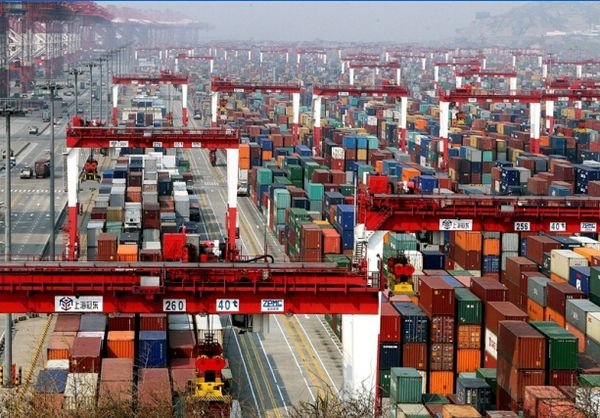Congestion increases near major container ports in my country

Following the closure of the Ningbo container terminal where patients with the novel coronavirus infection (COVID-19 virus) were discovered this week, the congestion situation in my country's two largest container ports, Shanghai and Ningbo, has further deteriorated.
Tighter restrictions to combat the latest coronavirus outbreak are beginning to affect more areas of the economy. Since late July, highly contagious variants of Delta virus have been discovered in more than a dozen cities.
Data tracked by Refinitiv shows that on Thursday, 40 container ships were waiting at the Zhoushan outer anchorage, and on August 10, when a worker at Meidong Container Terminal was tested positive for COVID-19, 30 ships were waiting.
Meidong Wharf has suspended all operations since Wednesday morning, and other terminals in Ningbo have also implemented measures to restrict the number of people and goods entering the port area.
Meidong’s shipowner, Ningbo Zhoushan Port Co., Ltd., said in a statement on Thursday that it will transfer ships docked at Meidong to other ports in Ningbo and will coordinate with other ports to ease the backlog.
Shipping company CMA CGM issued a notice on Thursday that some ships will diverted to Shanghai or skip the port of Ningbo. According to a statement from Hapag-Lloyd, the company expects the suspension of Meidong to cause delays in some planned voyages.
Ningbo Zhoushan Port stated that the operations of other ports in Ningbo remain normal.
The nearby Shanghai port has experienced the worst congestion in at least three years, and many ships are diverting routes. Refinitiv data shows that about 30 ships line up outside Yangshan Port, Shanghai's main container terminal.
China Ports and Harbor Association data show that after the typhoon "in-fa", ports in eastern China have been resuming operations and clearing the backlog of containers. The typhoon caused a 10% drop in container throughput at the end of July compared with the same period last year.
In June of this year, ports near Shenzhen implemented strict measures to prevent and control the new crown epidemic, causing dozens of container ships to be blocked.
The latest wave of congestion at ports in eastern China may further push up container freight rates. Prior to the arrival of the US shopping season, the increase in retailer orders put pressure on the global supply chain.
"Enterprises should act now and make contingency plans for the holidays. The real risk is that consumers will have cash consumption in 2021, but retailers will face the problems of inventory supply, cost fluctuations and their own financial feasibility," Supply Chain Consulting Company Simon Geale, executive vice president of Proxima, said.
